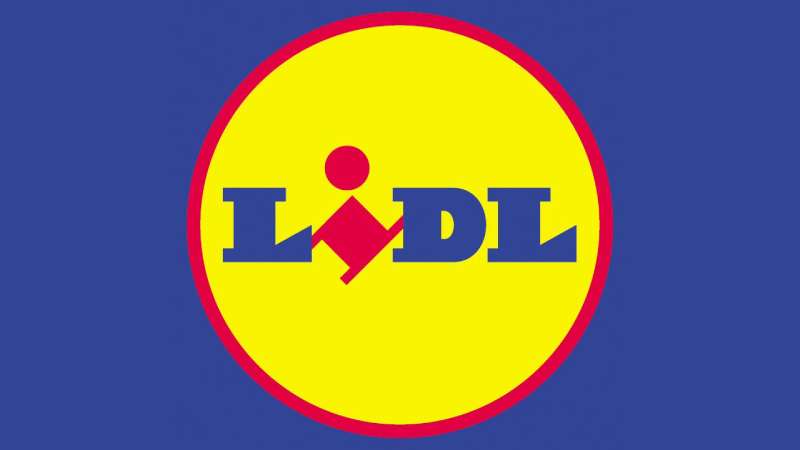
Lidl’s ERP Project: Why a Discount Giant Abandoned SAP After Spending Millions
Introduction: When Lean Retail Meets Rigid Tech
Lidl, one of Europe’s most successful discount retailers, built its empire on efficiency, tight margins, and a no-frills operating model. With over 12,000 stores across 30 countries, Lidl thrives on scale but scale driven by simplicity.
So when the company launched an ambitious project to implement SAP ERP across its international operations, the industry took notice. The goal? Streamline operations, enhance inventory transparency, and support global expansion.
But after seven years, over €500 million in sunk costs, and mounting internal friction, Lidl pulled the plug.
This is not just a story of technical failure. It’s a case study in what happens when enterprise systems and business models fundamentally misalign.
What Happened: When Strategy and Software Collided
In the early 2010s, Lidl initiated a full-scale digital transformation effort centered on SAP ERP. The system was intended to replace legacy tools with a centralized platform to unify core processes across procurement, logistics, finance, and inventory.
By 2018, however, the project was terminated. Despite years of development and deep investment, Lidl abandoned the SAP rollout and returned to its legacy systems.
“ERP systems must support how a business wins but do not change how it works at the core.”
Why Lidl’s SAP Rollout Failed
1. Strategic Misalignment
Lidl’s business thrives on flexibility, cost discipline, and lean operations. SAP ERP is designed for standardization, process control, and uniform data structures. These competing philosophies led to constant friction between system capabilities and business needs.
2. Master Data Structure Breakdown
Lidl’s legacy systems were built around purchase prices, while SAP required retail prices as a core data element. This change affected stock valuation, procurement logic, and reporting undermining core business processes from the ground up.
3. Excessive Customization
Rather than adapt to SAP’s native capabilities, Lidl attempted to customize the system to replicate legacy workflows. The result was an unstable, over-engineered solution that was difficult to maintain and scale.
4. Cultural and Organizational Resistance
From frontline employees to middle management, the system never gained traction. It didn’t feel intuitive, wasn’t fully trusted, and lacked grassroots support, undermining adoption at every level.
The Aftermath: High Cost, Hard Lessons
-
Over €500 million invested, with no production-ready system to show
- Significant reputational damage across both tech and retail communities
-
Leadership turnover, including the reported departure of Lidl’s CIO
- A full return to legacy systems, marking a major strategic retreat
Lidl’s ERP journey ended not with a launch, but with a decision to cut losses and protect the core strengths of the business.
Lessons from Lidl’s ERP Collapse
Match Systems to Business DNA
If your competitive edge is based on speed, flexibility, or localization, your ERP must support and not constrain and move forward with that operating model.
Data Architecture Must Come First
Core data logic (like pricing, product hierarchy, or location-level detail) must be mapped early. Mismatches at the data layer ripple across every process.
Customization Is a Warning Sign
If an ERP system requires extensive modification to fit, it may not be the right platform. Complexity breeds instability and long-term cost.
Organizational Readiness Is Essential
ERP success hinges on user adoption. Culture, training, and clear communication are as important as configuration.
Why This Case Still Matters
Lidl’s failed SAP implementation is more than a line item in ERP history, it’s a strategic warning. The failure wasn’t in technology selection alone. It was a failure of alignment between enterprise software design and business model logic.
For large enterprises especially those in retail, logistics, and distribution in this case serves as a powerful reminder:
ERP must enhance what you do well. It cannot redefine who you are.
Planning a complex ERP transformation?
→ Check Our Video Hub For Guidance
Final Thought
Walking away from a half-billion-euro project is not an easy decision, but in Lidl’s case, it was the right one. Success in ERP isn’t just about implementation. It’s about fit, flexibility, and the courage to course-correct when the solution doesn’t serve the strategy.
